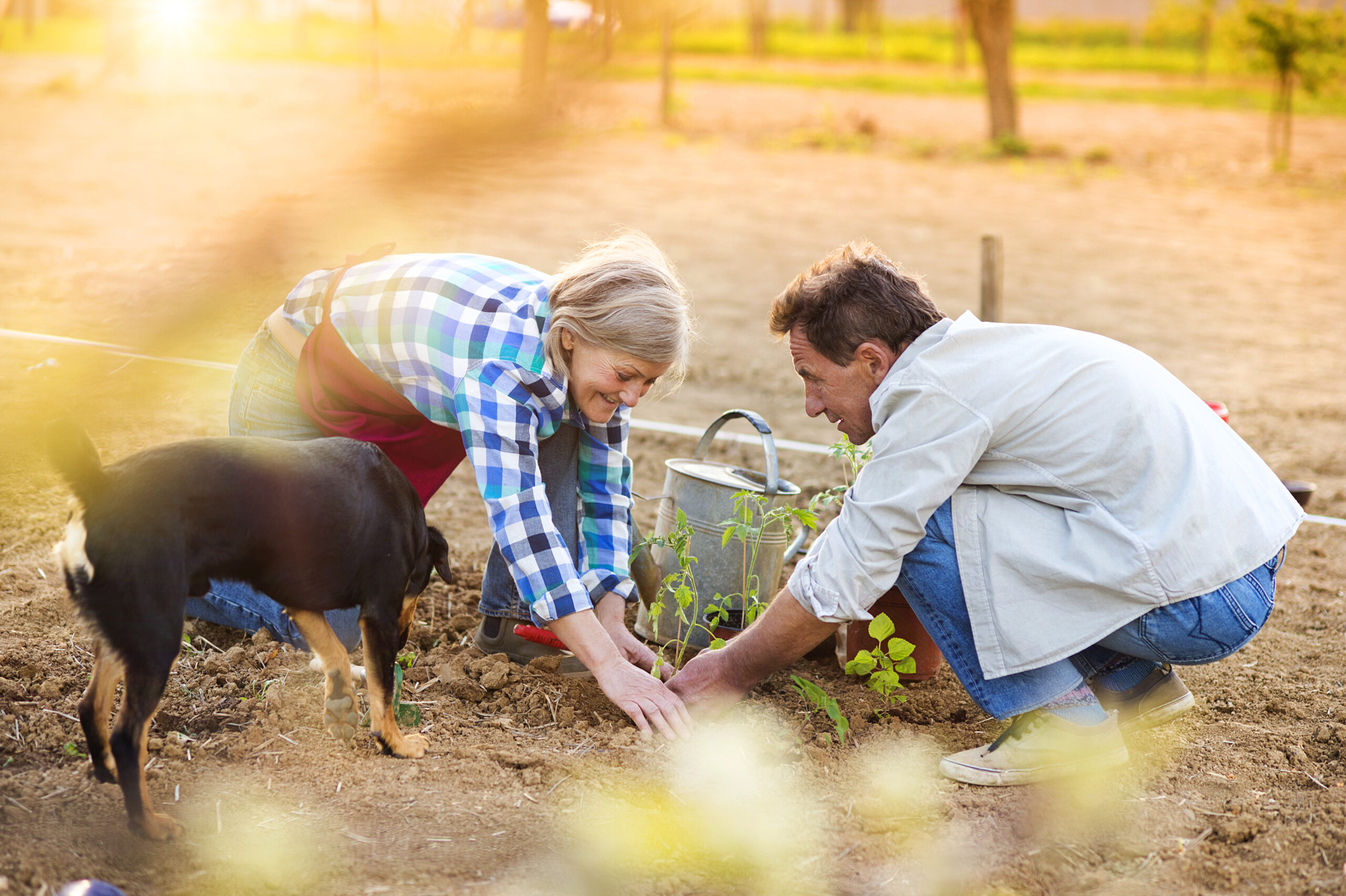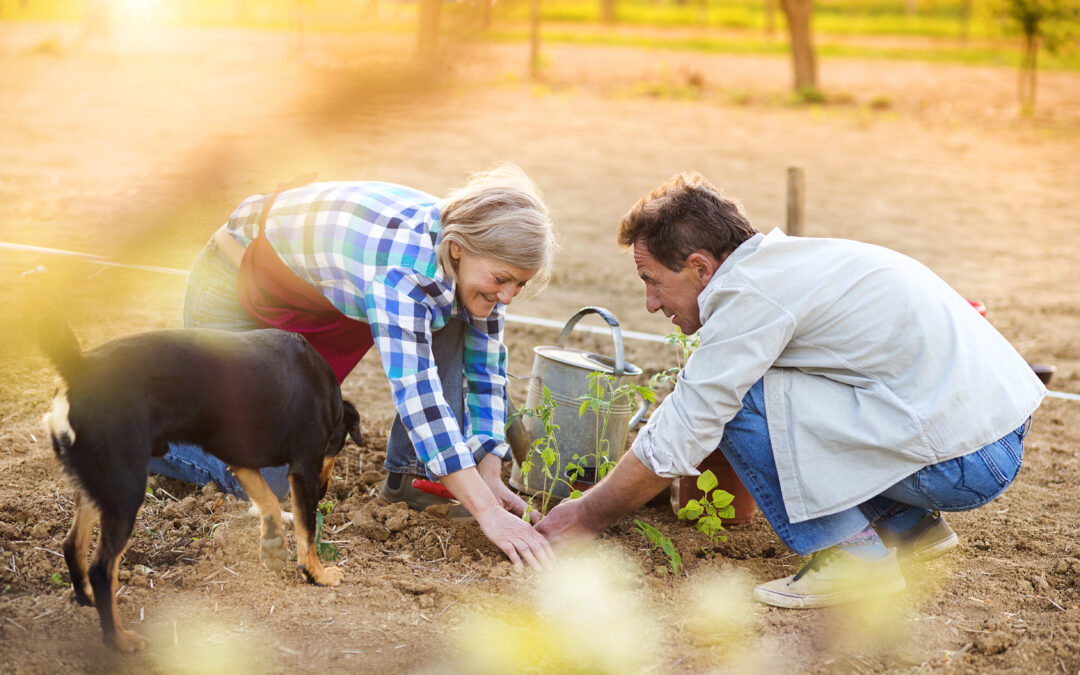Welcome to . In this blog post, we will cover everything you need to know about starting your own home farm. From choosing the right plants and crops to harvesting and storage techniques, we’ve got you covered!
Introduction to Home Farming
Home farming is becoming increasingly popular as people seek to live more sustainable lives and grow their own food. With a little bit of space and some basic equipment, anyone can start their own home farm. Whether you want to grow vegetables for your family or start selling produce at local markets, home farming can be a rewarding experience.
Choosing the Right Plants and Crops
The first step in home farming is selecting the right plants and crops to grow. Consider what grows well in your area and choose varieties that are easy to maintain. Some popular choices include tomatoes, lettuce, spinach, radishes, and carrots. You may also want to consider herbs like basil, chives, and rosemary.
Soil Preparation and Maintenance
Once you have selected your plants and crops, it’s time to prepare the soil. This involves removing any debris from the area and adding compost and other nutrients to enrich the soil. It’s essential to keep the soil healthy by regularly watering and fertilizing it.
Irrigation Systems and Water Management
One of the most important aspects of home farming is managing water effectively. Install an irrigation system to ensure that your plants receive enough water without overwatering them. Use mulch to retain moisture and prevent weeds from growing.
Pest Control and Disease Management
Unfortunately, pests and diseases can damage your crops if not managed properly. Learn how to identify common pests and use natural methods such as companion planting and natural insect repellents to control them.
Harvesting and Storage Techniques
When your plants are ready to be harvested, make sure to do so at the optimal time to maximize flavor and freshness. Learn proper storage techniques to extend the shelf life of your produce. For example, root vegetables should be stored in cool, dark places while leafy greens should be kept in the refrigerator.

The Benefits of Small-Scale Agriculture
There are many benefits to small-scale agriculture including better taste, improved nutrition, and reduced environmental impact. By growing your own food, you can avoid harmful chemicals used on commercial farms and reduce your carbon footprint.
Common Mistakes to Avoid When Starting a Home Farm
Starting a home farm can be challenging, but there are several mistakes you can avoid. These include not preparing the soil correctly, overwatering or underwatering plants, and failing to manage pests and disease effectively.
Resources for Beginner Home Farmers
If you’re new to home farming, don’t worry! There are plenty of resources available to help you get started. Check out books, websites, and online communities dedicated to home farming for tips and advice.
Conclusion
In conclusion, home farming can be a fun and rewarding experience. By following these steps and using appropriate tools and techniques, you can successfully grow your own food and enjoy its benefits. Good luck with your home farm journey!





